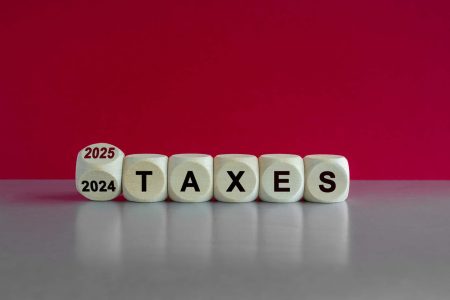Credit Sesame discusses the impact of a Fed rate cut for consumers.
An interest rate cut in September 2024 looks increasingly likely. There is a general impression that this will provide fast-acting interest “pain relief” for consumers. However, people looking for instant results may well be disappointed. Lower interest rates help the economy by encouraging spending and investment. However, they are more like a slow-release medicine than an instant cure.
The impact on borrowers will be slow
Most existing debt is locked in at the rate at which it was borrowed. New lower interest rates tend to impact future borrowing, and consumers do not instantly pay less interest on most of their debt. Consumers currently owe a total of over $17 trillion. The interest rate will not change on the bulk of that debt. Only new debt will attract lower interest rates. Also, lower interest rates don’t impact the amount of principal consumers still have to repay.
Many consumers can’t afford to borrow more
For millions of consumers, principal payments have become problematic. As debt balances have soared, more consumers have started falling behind on their payments.
The problem is especially severe with credit card debt. Over the past three years, the total of credit card balances owed has increased by more than 45%. 10.93% of those balances are now 90 days or more overdue. That’s the highest credit card delinquency rate in over a decade.
This indicates that a significant portion of consumers can’t keep up with the debt they already have. Consider how that affects the potential stimulative effect of an interest rate cut. The idea is that an interest rate cut would stimulate the economy by making borrowing cheaper. That would encourage more consumer spending.
The flaw in this reasoning is that consumers who can’t pay their bills on time are in no position to borrow more, no matter how low interest rates are. Today’s high debt burdens will likely limit the benefit of rate cuts.
Not all interest rates will be affected
Another factor likely to dampen the impact of a Fed rate cut is that not all interest rates are affected by the Fed rate. For example, the biggest category of consumer debt is mortgage balances. The amount people owe on their mortgages totals more than $12.5 trillion of the $17.8 trillion in total consumer debt. The vast majority of mortgages are in very long-term, fixed-rate loans. Thus, those rates are locked in and not affected by rate cuts.
In any event, Fed rate cuts don’t directly impact long-term rates like mortgage rates. The Fed rate cuts directly control the rate at which banks can borrow money over very short periods to help maintain liquidity. For consumers, the Fed’s impact affects short-term credit card borrowing most directly.
In contrast, mortgage lenders are more concerned with what inflation will be like over the next decade or more than they are with short-term rates. That’s why you often see mortgage rates move independently of Fed rate decisions. While mortgage lenders and the Fed base rate decisions on some of the same things, a Fed rate cut wouldn’t instantly make mortgages cheaper.
Even with credit card rates, the Fed isn’t the only factor affecting those rates. One impact rising delinquency rates may have is influencing credit card companies to keep rates higher to cover their risk. This is especially true for borrowers with poor credit.
The 90-day delinquency rate for subprime credit card borrowers is now over 18%. As a result, credit card companies charge subprime customers more to compensate for late payments. As delinquency rates rise, it could dampen the impact that a Fed rate cut would have on credit card rates — especially for customers with low credit scores.
Financial markets have already anticipated a cut
As for a Fed rate cut encouraging investment, much of that impact may already have been spent. Investors have assumed a rate cut is imminent, and the stock market has bounced back in recent weeks. Meanwhile bond yields have dropped sharply, which had caused bond prices to rise. That’s beneficial for those investors, but the fact that these benefits have already been realized reduces the further impact of any rate cut.
The good news is that it seems very likely a rate cut will happen soon. The bad news is that it is unlikely to be the instant cure for the economy that many people seem to anticipate.
If you enjoyed Will a Fed rate cut provide quick relief? you may like,
Disclaimer: The article and information provided here are for informational purposes only and are not intended as a substitute for professional advice.
Read the full article here










